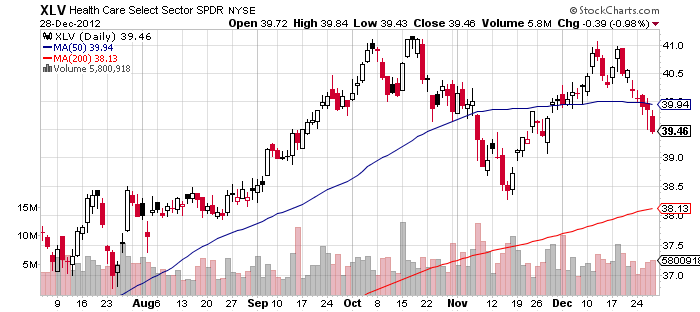An introduction to ETFs
Post on: 10 Апрель, 2015 No Comment

My wife and I have about $50,000 to invest. I have been reading about ETFs and I want to know if you can purchase them inside an RRSP?
It wasn’t so long ago that a cell phone was as rare as a slender billed vulture—and about as large as one too. But the cell phone has kinda caught on and now no one under the age of twenty can imagine life before its ubiquity.
ETFs or exchange traded funds have caught on too, though not quite as broadly. More and more people like you are reading about them and considering adding them into their portfolios. And for good reason: they are a low cost way to match the performance of a given index and are super simple to buy and sell.
To answer your question directly—you absolutely can purchase ETFs inside of an RRSP. An RRSP is simply a basket that can hold lots of different things—ETFs, mutual funds, stocks, bonds, cash etc.
Let’s look more closely at what the term ETF means, starting with the “fund” part of an exchange traded fund. An ETF is a fund that is comprised of a variety of securities. Often those securities track the performance of an index like the TSX 60. “Exchange traded” means that you can buy and sell an ETF on a stock exchange, just like a stock.
There are a number of advantages and disadvantages when you compare ETFs to mutual funds. I go into these in greater detail in my book Moolala. but here is a quick overview.
Advantages of ETFs:
- Low fees: The average management expense ratio (MER) on a Canadian Equity ETF is 0.3%, compared to an MER of 2.3% for a Canadian Equity mutual fund. And the commission to buy or sell them is generally under $20, through a discount broker.
- Benchmark performance: ETFs that track a benchmark index deliver the performance of that index minus the MER. An equity mutual fund is less likely to do as well as that index. (See are Are index funds adding value? ) Why? First, because the higher MER eats away at your returns and second because it is really hard to outperform the index by figuring out which stocks will rise and which will fall.
Disadvantages of ETFs:
- Financial advice: One of the reasons that a mutual fund has a higher MER than an ETF is that it includes compensation to the financial adviser who sells it. That compensation is so they can afford to provide advice and pay for their overhead. While many financial advisers are able to buy ETFs on your behalf they generally add a fee, say 1.25% of assets, so that they still make money.
- Trading costs: ETFs are super cheap to buy and sell if you’re buying in large amounts. As I mentioned, if you buy through a discount broker, the fee is under $20 per trade, which you’ll pay when you buy and sell the stock. If you’re buying $1,000 worth, that works out to the equivalent of a 2% fee as soon as you buy into the ETF—and that is in addition to the MER. But if you’re buying only $100 worth, that is a 20% bite out of your investment. If you invest your $50,000 all at once into one ETF (which isn’t advisable) then the trading costs won’t be an issue. But the trading costs could be the costs might be prohibitive if you want to invest a small amount each month. If thats a concern then there are alternative ways to index outside of an ETF that you may want to consider.
Some investors use ETFs to trade actively. But most use them for what’s called passive investing: simply buying and holding the index for a long period of time. If that is what you’re thinking of doing, check out the Couch Potato approach for an easy way to start.














